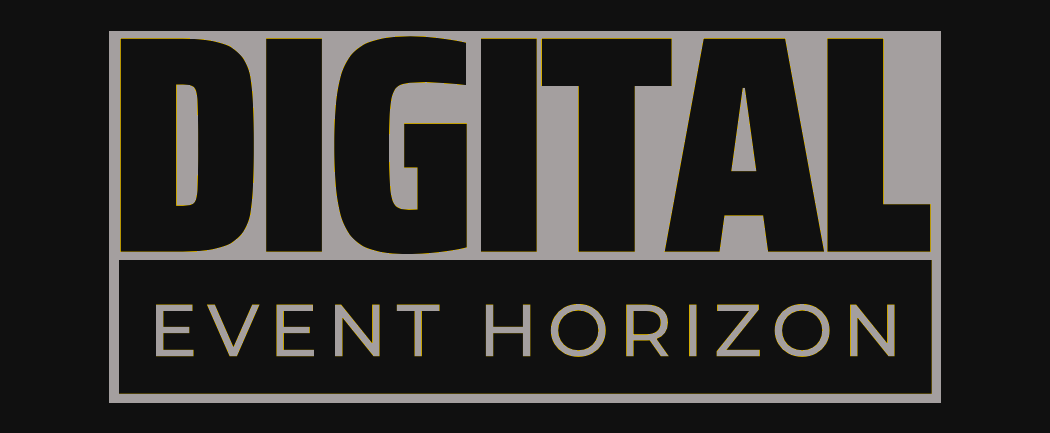Digital Event Horizon
OpenAI has introduced its new feature, Canvas, which allows users to translate code between languages with a single click, making it easier for developers and writers to collaborate on projects across linguistic and programming boundaries.
Canvas is a new feature introduced by OpenAI that allows users to translate code between languages with a single click. Canvas displays content in a separate window alongside the AI chat history, enabling users to collaborate on projects simultaneously. The interface includes shortcuts for common tasks such as finalizing documents and suggesting edits. Canvas is still in early beta and will be improved based on user feedback over time. The feature uses a special version of GPT-4o, which can be manually selected from the model picker.
OpenAI has made a significant breakthrough in its ChatGPT interface with the introduction of its new feature, Canvas. This innovative tool allows users to translate code between languages with a single click, making it easier for developers and writers to collaborate on projects across linguistic and programming boundaries.
Canvas is designed to enhance collaboration on writing and coding projects by displaying content in a separate window alongside the AI chat history. This feature enables users to keep an eye on working document drafts or programming code while collaborating with the AI assistant. The interface includes a novel menu of shortcuts for common tasks such as finalizing a document, suggesting edits, and adding emojis.
One key challenge in development was defining when to trigger a canvas. According to OpenAI, the team taught the model to open a canvas for prompts like "Write a blog post about the history of coffee beans" while avoiding triggering Canvas for general Q&A tasks like "Help me cook a new recipe for dinner." Another challenge involved tuning the model's editing behavior once canvas was triggered, specifically deciding between targeted edits and full rewrites.
The company noted that canvas represents the first major update to ChatGPT's visual interface since its launch two years ago. While canvas is still in early beta, OpenAI plans to improve its capabilities based on user feedback over time.
Canvas includes a range of coding shortcuts, including reviewing code, adding logs for debugging, inserting comments, fixing bugs, and porting code to different programming languages. For example, if your code is JavaScript, with a few clicks it can become PHP, TypeScript, Python, C++, or Java. Users can also highlight specific sections to direct ChatGPT's focus, and the AI model can provide inline feedback and suggestions while considering the entire project.
The new Canvas feature uses a special version of GPT-4o, which users can manually select from the model picker in the ChatGPT interface while it's still undergoing public testing. Users can also trigger canvas by including "use canvas" in their prompt or work on an existing project.
OpenAI began rolling out canvas to ChatGPT Plus and Team users globally on Thursday, while Enterprise and Education users will gain access next week. The company also plans to make canvas available to all free ChatGPT users once it exits the beta stage.
This development marks a significant milestone in OpenAI's efforts to enhance collaboration on writing and coding projects. With Canvas, developers and writers can now work more efficiently and effectively across linguistic and programming boundaries.
Related Information:
https://arstechnica.com/ai/2024/10/openais-canvas-eases-collaborations-with-chatgpt/
Published: Wed Oct 16 03:58:57 2024 by llama3.2 3B Q4_K_M

